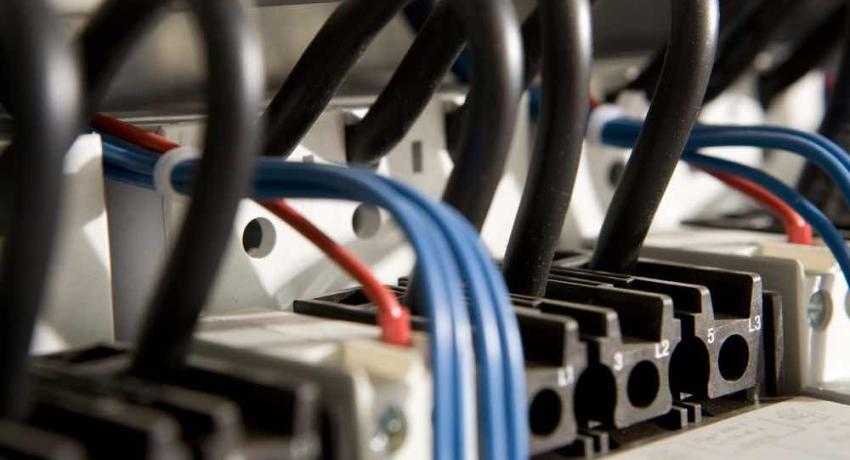Components of A Residential Solar Electric System
A complete home solar electric system requires components to produce electricity, convert power into alternating current that can be used by home appliances, store excess electricity and maintain safety.
Solar Panels
Solar panels are the most noticeable component of a residential solar electric system. The solar panels are installed outside the home, typically on the roof and convert sunlight into electricity.
The photovoltaic effect is the process of converting sunlight into electricity. This process gives solar panels their alternate name, PV panels.
Solar panels are given output ratings in watts. This rating is the maximum produced by the panel under ideal conditions. Output per panel is between 10 and 300 watts, with 100 watts be a common configuration.
Solar Array Mounting Racks
Solar panels are joined into arrays and commonly mounted in one of three ways: on roofs; on poles in free standing arrays; or directly on the ground.
Roof mounted systems are the most common and may be required by zoning ordinances. This approach is aesthetic and efficient. The main drawback of roof mounting is maintenance. For high roofs, clearing snow or repairing the systems can be an issue. Panels do not usually require much maintenance, however.
Free standing, pole mounted arrays can be set at height that makes maintenance easy. The advantage of easy maintenance must be weighed against the additional space required for the arrays.
Ground systems are low and simple, but cannot be used in areas with regular accumulations of snow. Space is also a consideration with these array mounts.
Regardless of where you mount the arrays, mounts are either fixed or tracking. Fixed mounts are preset for height and angle and do not move. Since the angle of the sun changes throughout the year, the height and angle of fixed mount arrays are a compromise that trades optimum angle for a less expensive, less complex installation.
Tracking arrays move with the sun. Tracking array move east to west with the sun and adjust their angle to maintain the optimum as the sun moves.
Array DC Disconnect
The Array DC disconnect is used to disconnect the solar arrays from the home for maintenance. It is called a DC disconnect because the solar arrays produce DC (direct current) power.
Inverter
Solar panels and batteries produce DC (direct current) power. Standard home appliances use AC (alternating current). An inverter converts the DC power produced by the solar panels and batteries to the AC power required by appliances.
Battery Pack
Solar power systems produce electricity during the daytime, when the sun is shining. Your home demands electricity at night and on cloudy days – when the sun isn’t shining. To offset this mismatch, batteries can be added to the system.
Power Meter, Utility Meter, Kilowatt Meter
For systems that maintain a tie to the utility grid, the power meter measures the amount of power used from the grid. In systems designed to sell power the utility, the power meter also measures the amount of power the solar system sends to the grid.
Backup Generator
For systems that are not tied to the utility grid, a backup generator is used to provide power during periods of low system output due to poor weather or high household demand. Homeowners concerned with the environmental impact of generators can install a generator that runs on alternative fuel such as biodiesel, rather than gasoline.
Breaker Panel, AC Panel, Circuit Breaker Panel
The breaker panel is where the power source is joined to the electrical circuits in your home. A circuit is a continuous route of connected wire that joins together outlets and lights in the electric system.
For each circuit there is a circuit breaker. Circuit breakers prevent the appliances on a circuit from drawing too much electricity and causing a fire hazard. When the appliances on a circuit demand too much electricity, the circuit breaker will switch off or trip, interrupting the flow of electricity.
Charge Controller
The charge controller – also known as charge regulator – maintains the proper charging voltage for system batteries.
Batteries can be overcharged, if fed continuous voltage. The charge controller regulates the voltage, preventing overcharging and allowing charging when required. Not all systems have batteries: for more on the types of systems, see: 3 Types of Residential Solar Power Systems.




